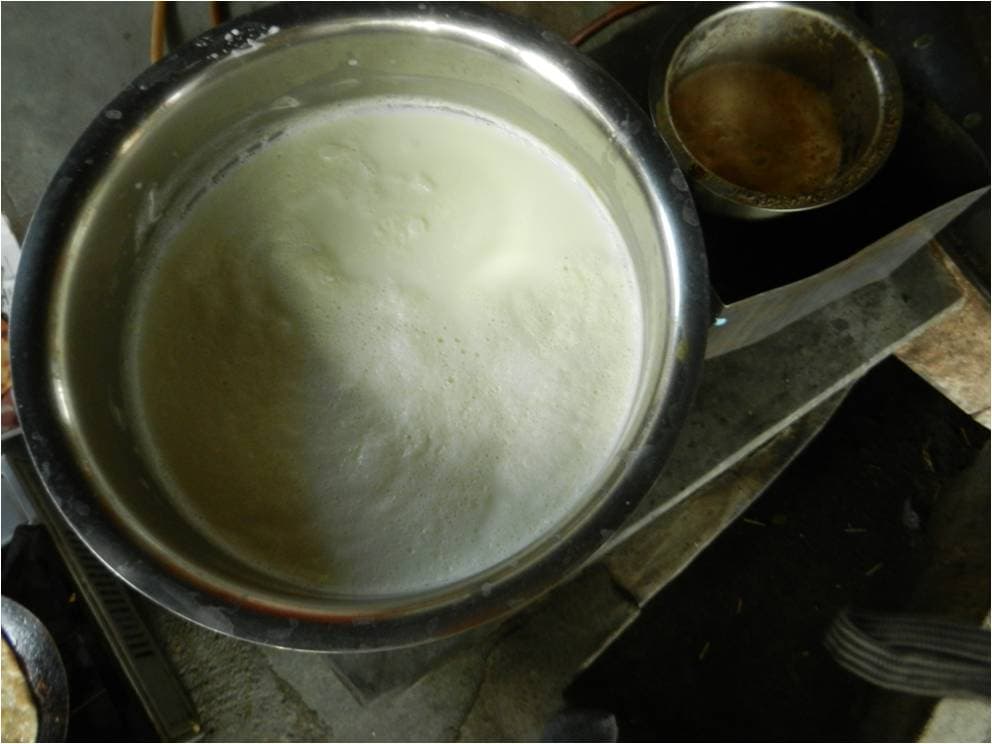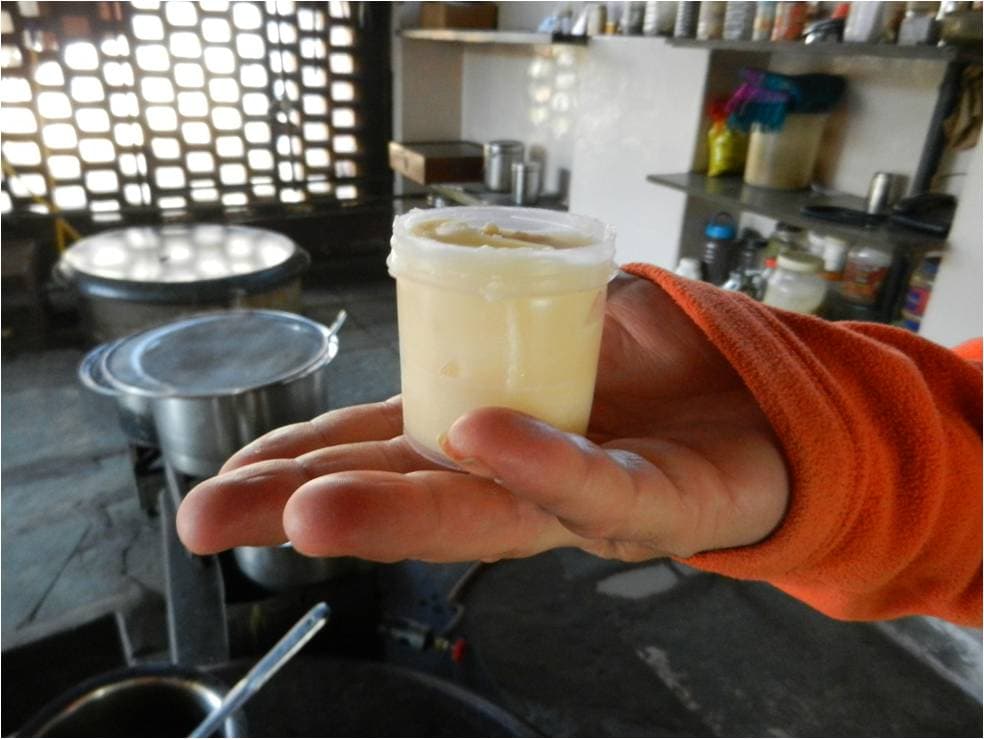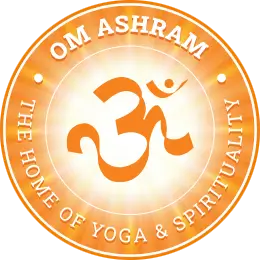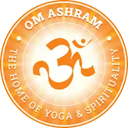
Cow Ghee from Om Ashram
To begin with, cows in the ashram live in a natural environment, consuming only natural food and receiving no medicine that would artificially increase their milk production. In addition to that, ghee is regularly made as our cows are milked every morning and evening.
How to Prepare Ghee?
First the milk is boiled and once it cools down, a spoon of yoghurt is added which overnight changes all the milk into yoghurt. After that it is churned it by using a wooden churner and rope. The result of the churning is butter and buttermilk which is also consumed as all the parts of milk can be used. Then the butter is slowly heated which separates saturated milk fat from the rest of the butter and is at the end filtered. The outcome is ghee, clear, golden and with a fragrant smell.




Difference between Ghee and Butter
As the other name of ghee, purified butter, implies, ghee contains the pure essence of butter because all the harmful substances have been removed in the clarification process. Ghee can also be used by people who are lactose intolerant, i.e. allergic to milk, because it does not contain the two substances which allergic people are unable to digest, i.e. lactose and casein. Furthermore, it is not confined to household usage only, it is also used for religious purposes and in ayurvedic medicine, whereas butter is limited only to household use.



Cow, its Mythological and Symbolical Meaning in India
In India, it is believed that devas (positive forces) and asuras (negative forces) churned the ocean of milk, the outcome of which was also the first cow called Kam Dhenu (the wish fulfilling cow) which was divine. That is why the body of a cow is thought to contain 33 million gods and because of that cow’s milk, as well as her dung and urin, are so beneficial.



Different Types of Ghee
Ghee can also be prepared from other animals’ milk, for instance, buffalos and goats. However, cow’s ghee is preferred because it is sattvic, whereas the ghee of a buffalo is tamasic, and the ghee of a goat contains a far greater amount of water which makes it poorer in terms of nutrition.

Medical Aspects of Ghee and its Use in Ayurveda
Ghee is widely used in Ayurvedic medicine because of its numerous medical properties: increasing intelligence, enhancing memory power, improving the digestion, boosting body energy and many more. It especially has a significant role in the ayurvedic treatment of detoxification (Panchakarma) because there are dangerous toxins in our body which cannot be dissolved in water but only in fat, which makes ghee indispensable. In addition, ghee is also used in preparations which are highly beneficial for the brain and consciousness due to its sweet taste which nourishes the nerves and brain and calms down the mind.
In conclusion, through correct and appropriate use, ghee can help us maintain or restore our physical health as well as our peace of mind, which is what we are all searching.
Sita, Slovenia



